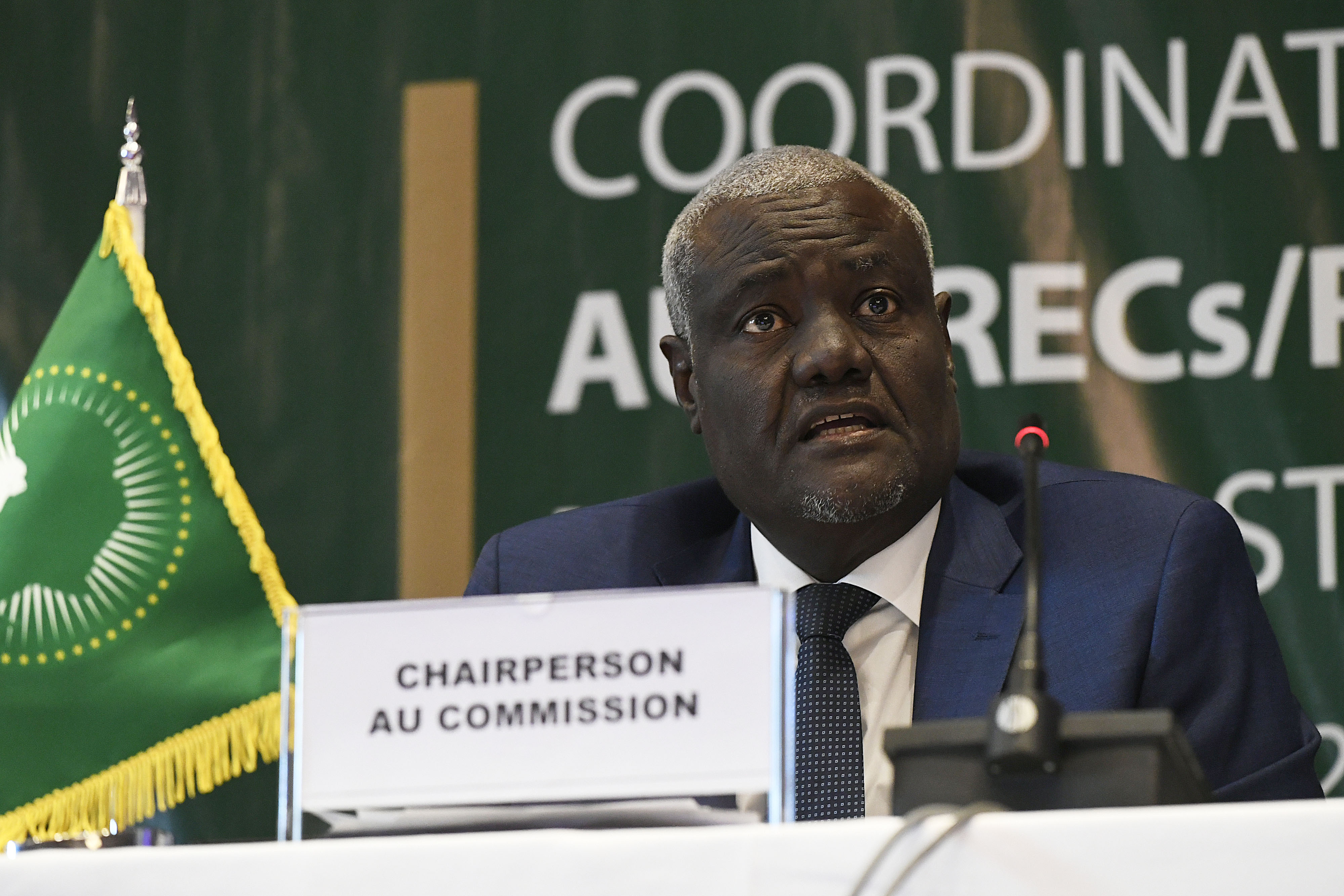What happened to the Naguru-Nakawa Satellite City project?
The promise:
On October 14, 2013 President Museveni laid the foundation stone for the construction of the Naguru-Nakawa Satellite City project.
The project dabbed “New Kampala”, was expected to see the 160-acre land, formerly home to the Naguru-Nakawa low-cost housing units redeveloped to have among others, 1,747 flats, bungalows, commercial buildings, a five star hotel, a referral hospital, schools, houses of worship and recreational facilities.
OpecPrime Properties Uganda, an arm of the UK-based OpecPrime Properties, was meant to undertake the project with funding from the Irish London-based Comer Group International, which would own the development for 30 years.
Commissioning
The commissioning of the project took place close to six years after government, through the Ministry of Local Government, signed a public-private partnership (PPP) agreement with OpecPrime.
Under the terms of the agreement, which was signed on October 15, 2007, OpecPrime Properties was obligated to meet the financial, technical and operational costs, while government provided land for the project. The developer was also expected to deliver the project within at least four years from the date of signing.
A separate agreement signed by the developer, members of the tenants’ association and government, made it incumbent upon the developer to give priority to the 1,747 former tenants who had been evicted from the low-cost housing estates in order to pave way for the project.
However, delays on the part of government to hand over vacant possession of the land meant that the initial terms of the PPP could not be met. The two parties were forced to sign an addendum, which saw delivery date for the housing units pushed to December 2016.
Once the former tenants were evicted, some forcibly, and the commissioning was done, it had been expected that the project, which was partially planned to decongest the city, would take off in line with the provisions of the addendum.
This was never the case as more than 1,750 people have now taken refuge in the city slums around Luzira, Mbuya, Banda, Acholi Quarters and Kinawataka; with some of them encroaching on wetlands.
By the time Mr Museveni commissioned the project, it was estimated that Uganda had a housing backlog of 1.6 million units. Urban areas were said to have a deficit of 211,000 units.
A 2012 report from the Uganda Human Settlement Network had also indicated that 900,000 out of the 6.2 million housing units in Uganda were in a shambolic state.
Likewise, a 2017 Sauti wa Wananchi survey by Twaweza, a non-governmental organisation, said home ownership is markedly higher in rural (87 per cent) than in urban areas (54 per cent), under which Kampala falls.
The report also added that 75 per cent of the wealthier households in Uganda live in a house with walls made of concrete or stone, compared to 14 per cent of the poorest.
The poor are more likely to live in a home with walls made of mud or branches (43 per cent) or unbaked mud bricks (27 per cent).
There is a similar difference in roof and floor materials. Almost all wealthier households (94 per cent) have metal sheet roofs, compared to less than half of the poorest (46 per cent) who use grass or other cheaper materials and have earthen floors.
Yet according to the 2014 national census report, 19.7 per cent of Ugandans are regarded as poor.
Therefore, the project, it was believed, would partially address the housing deficit and reduce the number of people sleeping in houses that were deemed unfit for human settlement.
The project’s transaction advisor, Mr George Brenan and OpecPrime’s chief operating officer Mohammed Mulindwa, gave assurances about the finances and the manner in which the project was to be implemented.
“All the required funding for the modern estate is fully available,” Mr Brenan said in an interview with this newspaper.
Mr Mulindwa said the project would be undertaken in a phased manner, the first of which would involve construction of 1,000 flats for allocation to former tenants who signed off agreements with the developer.
He added that when the commissioning had been done with, the developer would hit the ground running.
“The contracted time schedule was December 2012 for a period of four years. We are a little behind but we shall ensure we move fast since ground breaking is complete,” he said.
What OpecPrime officials committed themselves to has not come to pass. More than five years since Mr Museveni commissioned the project and more than a year since the four-year period within which the 1,747 units were to be delivered elapsed, OpecPrime has not met its side of the bargain.
Impact
Access to decent housing remains one of the biggest challenges for many a resident in Kampala. Whereas there are houses in some areas, some of them are not fit for human habitation. This project was, therefore, meant to partially address the housing deficit and provide sections of the citizenry houses that are fit for human habitation.
Matters were not helped by the fact that most of the former tenants of the project area were not provided with alternative accommodation when their former homes were razed.
This could only have led to an increase in the number of people living in slums.
As of 2007, it was estimated that between 1.2 and 1.8 million people were living in Kampala’s slums. The demolition of the Naguru-Nakawa estate must have exacerbated the problem.
Nothing much has been done on the site since the housing estate was razed down and the site handed over to a developer.
While it is fenced off, there are now worries that the site is fast turning into a haven for lawless persons. Users of roads within in the area have been reporting cases of thugs who snatch bags, phones and other valuables before running off into the bushes there.
The bushy site is also now a home for rodents and other vermin.
While the situation is yet to reach crisis proportions, it is clear that the city is sitting on a time bomb.
The stalled project has now reopened debate on ownership of the land on which the project sits.
There has been a push for sections of the political class to compensate some of the actors in this land.
This if fast turning into another potential land grab. It is also one that unscrupulous people are trying to use to fleece government through dubious compensation claims.
Finally, taxpayers’ money to the tune of $47m (about Shs176b) is likely to be lost to OpecPrime Properties.
The company is seeking the said amount as compensation from government for a piece of the project land which has since been set aside for the proposed construction of the Aga Khan Hospital.


